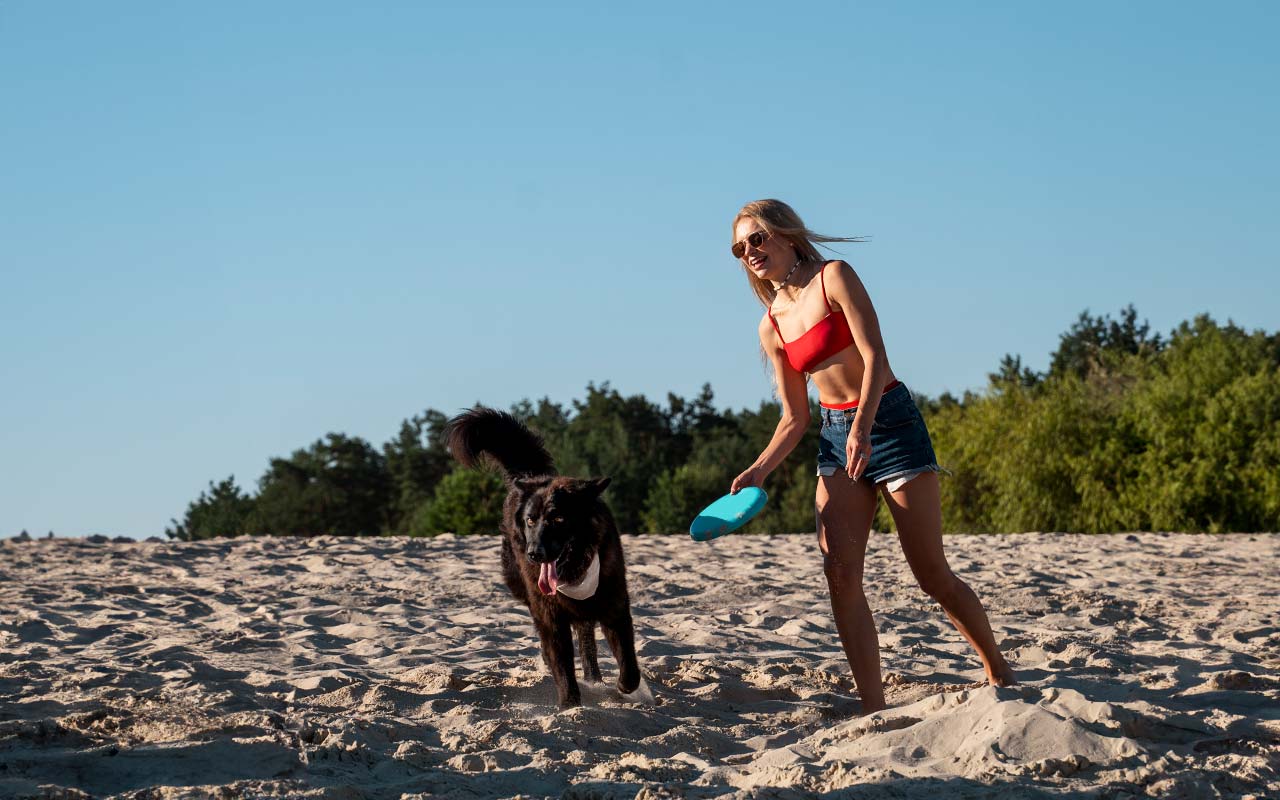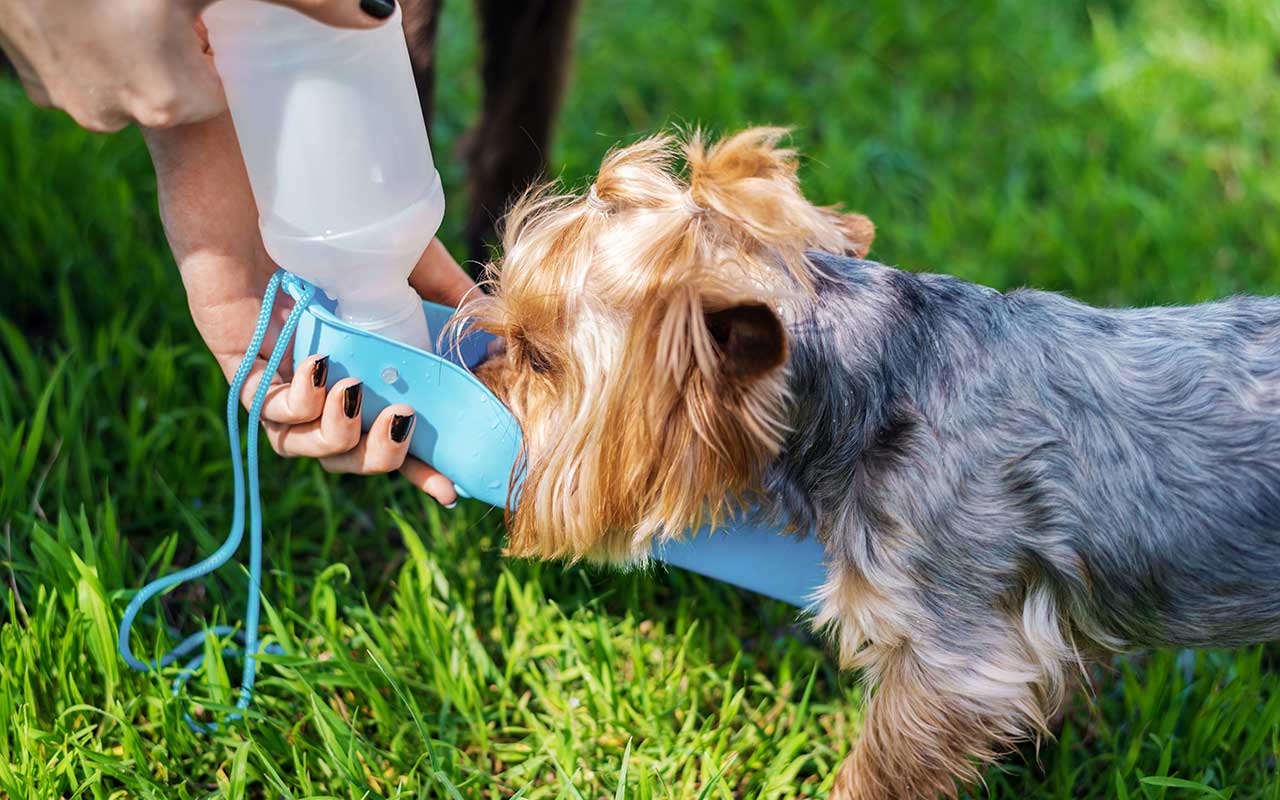Dog Sun Protection: Safe Sunscreen Use for Pets
Sun protection is crucial for humans, and the same applies to our canine companions, especially those with light-colored fur or sensitive skin. Just like people, dogs can suffer from sunburns and other skin damages due to excessive sun exposure. This guide will walk you through the essentials of dog sun protection, highlighting the importance of using pet-specific sunscreen and other protective measures.
1. Understanding the Need for Dog Sun Protection
Sun protection for dogs isn’t just about comfort; it’s about health. Dogs with light-colored fur, thin coats, or exposed skin are particularly vulnerable to the sun’s harmful UV rays.
- Risks of Sun Exposure: Dogs can develop sunburn and even skin cancer, particularly in areas with little to no fur, such as the nose, ears, and belly.
- Vulnerable Breeds: Breeds like Bulldogs, Whippets, and Greyhounds, along with white or light-colored dogs, have higher risks of sun-related skin issues.
2. Choosing the Right Sunscreen for Your Dog
Not all sunscreens are safe for dogs. It’s vital to use products specifically designed for pets.
- Pet-Safe Ingredients: Look for sunscreens that are free from zinc oxide and PABA, as these ingredients are toxic to dogs if ingested.
- Application Tips: Apply sunscreen to the most vulnerable areas, including the nose, tips of the ears, skin around the lips, and the belly.
3. Application of Dog Sunscreen
Proper application is key to ensuring that the sunscreen provides the protection your dog needs.
- Frequency of Application: Sunscreen should be reapplied to your dog every 3-4 hours during prolonged exposure to the sun, more frequently if your dog goes swimming.
- Teach Your Dog to Accept Application: Introduce sunscreen application gently and gradually, associating it with positive experiences like treats or playtime.
4. Alternative Sun Protection Strategies
Besides sunscreen, there are other ways to protect your dog from the sun.
- Protective Clothing: Lightweight UV protective clothing designed for dogs can cover more skin and provide additional protection.
- Shade and Shelter: Always provide plenty of shade for your dog, especially during the hottest parts of the day. Encourage them to stay under shelters or trees when outside.
- Limit Sun Exposure: Avoid taking your dog out during peak sun hours, typically from 10 AM to 4 PM. Early morning or late evening walks are safer.
5. Recognizing and Treating Sunburn in Dogs
Knowing how to recognize and treat sunburn in your dog can prevent serious complications.
- Signs of Sunburn: Red, flaky skin, or hair loss. Your dog may also show signs of discomfort when touched in sunburned areas.
- Treatment: If you suspect your dog has a sunburn, contact your veterinarian for advice. Keep the burned area clean and apply soothing, vet-recommended products that can aid in healing.
6. Monitoring and Ongoing Protection
Continuous monitoring and adaptation of your sun protection strategy are vital, especially if you live in particularly sunny climates or spend a lot of time outdoors with your pet.
- Regular Skin Checks: Regularly check your dog’s skin for signs of sun damage or changes in condition.
- Consultation with a Vet: Discuss your dog’s specific sun protection needs with your veterinarian, especially if your dog has a history of skin problems.







